I had the chance to shoot the Borchetta Bourbon Music City Grand Prix at the Nashville Superspeedway this year for a client of mine. It was the first chance I’ve had to compare the race since it changed from the street course in the heart of downtown to the superspeedway branded as “Nashville,” which is actually about 45 minutes from downtown.
In all honesty, the street course never produced the best racing. It improved in each of its three years, but street courses are often very tight, with less-than-ideal surfaces and no room for error. Nashville was no different, except that it was kind of worse.
The course was unique in that it used the Korean Veterans Memorial Bridge to cross back and forth over the Cumberland River. It was great to watch the cars shoot out of turn three and launch across the bridge at maximum velocity. It was even cooler to see them remerge a few minutes later as they crossed back to the east bank of the river and attacked the stadium section of the course.
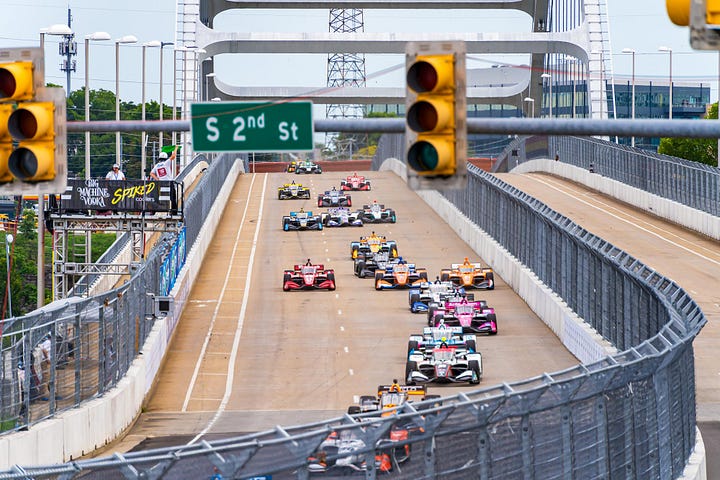
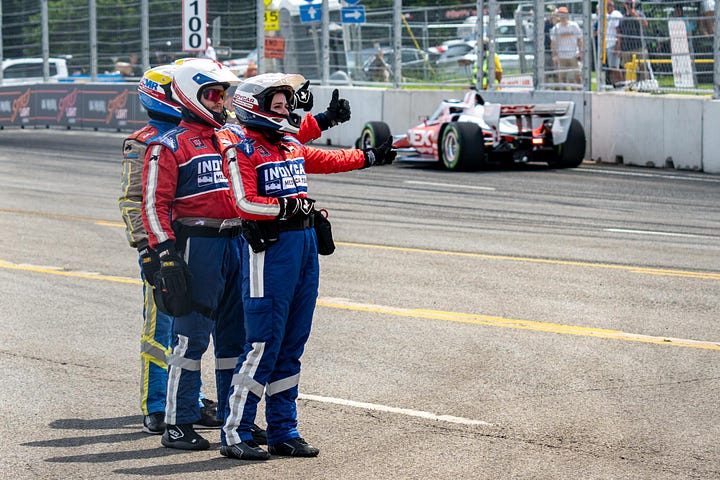
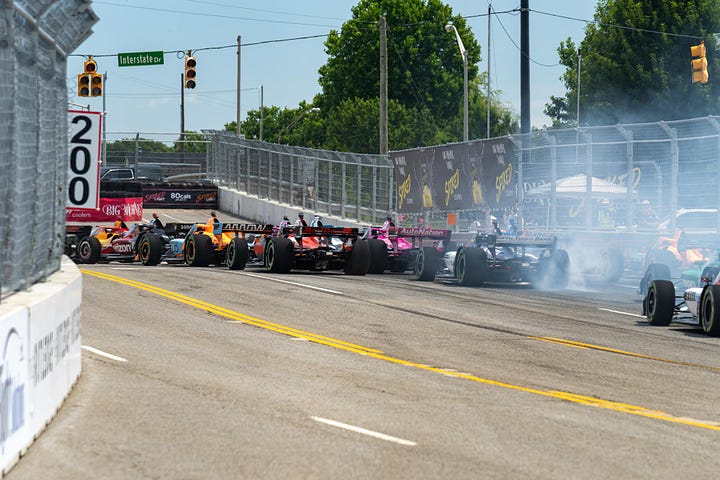
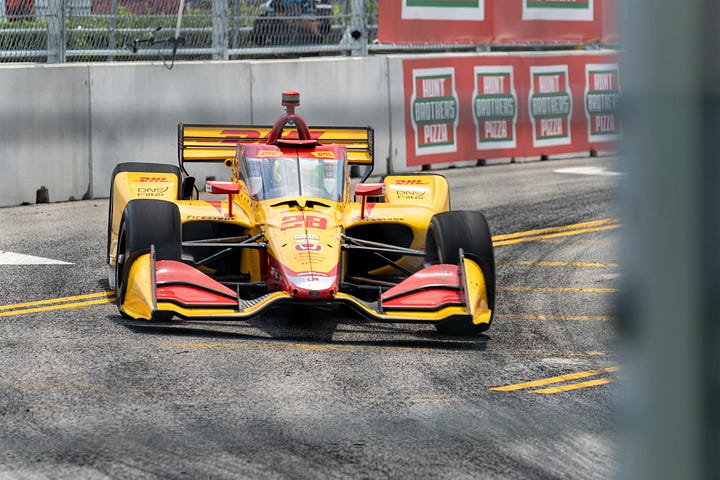
What wasn’t great for the drivers, was the horrible, cracked, and bumpy street surface upon which they raced. The city attempted to improve some of the worst areas each year, but the roads were still uneven and bumpy, to the point where cars would lose contact with the track several times. In case you aren’t an avid race fan, race cars perform at their best when they are on the racing surface rather than skipping across it.
However, the questionable racing surface, nor the poor decision-making of several racers that led to frequent crashes and caution-flag laps, were not the reason the race left downtown Nashville. Construction on the new football stadium took away several sections of the track and the entire paddock and pit lane area.
A vain and futile attempt to keep the race downtown was initially announced, with the course running through the heart of party Nashville by going down lower Broadway. A magnificent idea in theory, but one that anyone who has lived or worked downtown knew was not going to happen in less than a year, which was the timeframe they had to work with.
The Las Vegas F1 race proved that it is possible to build a race track in the heart of a busy city, surrounded by apartment complexes and hotels on every block. To do so, you need to construct temporary automobile bridges to allow people who live and work within the racing area to actually, you know, go to work and come home and stuff. Those bridges are not cheap.
2024 marked the first IndyCar event at the Nashville Superspeedway, located in Lebanon, TN, since 2008. By any objective measure, the race was excellent, like really good, and much better than the street course. The problem is that excellent racing isn’t the only thing that brings a crowd. I couldn’t find official numbers, but the crowd at the superspeedway race was visibly smaller than the downtown crowd.
This makes sense, as downtown offered so much more for fans. The street course enabled three different racing series to be on the track before and after the IndyCar series. Fans could walk across the pedestrian bridge from the track's infield area to downtown Nashville for food or drinks, and musicians played live music nearly nonstop from three different stages. It was a party.
People who flew into the city for the race could walk from their downtown hotel. They didn’t have to worry about finding a ride or having a designated driver since everything was within walking distance, or at worst, a speedy Uber or Lyft ride to a hotel.
The Lebanon location is close to nothing but massive warehouses and distribution centers. It couldn’t be in a less fan-friendly location for visitors who want to enjoy the vibrant bar, restaurant, and music scene Nashville is known for while also attending the race.
I watched the race on TV last year, but this year I was right in the middle of it, literally. The track is an oval, and the media center is in the middle of the infield. Races operate in a predictable rhythm where the crowd, both fans and media, builds a little more each day from Friday to race day.
The stands become increasingly crowded, the number of fans walking around the paddock and fan zones grows each day, and the media center becomes busier and louder as more people arrive to cover the event. Friday and Saturday were busy, but not as busy as what I typically see at IMSA races. A series that historically draws fewer people than IndyCar.
Sunday offered a significant boost in fans and a modest bump in media coverage, so it’s not like the place was a ghost town. However, at the height of the race, the main grandstand (there is only one) was perhaps 70% full (I am being generous). The camping area down the back straight was nearly empty, and there were plenty of spots open in the other designated camping areas I could see around the track.
Once again, the racing was spectacular. From a fantastic battle for the lead between the drivers who were first and second in the championship standings, to the eventual and dramatic victory for the hometown hero Josef Newgarden, the race was great.

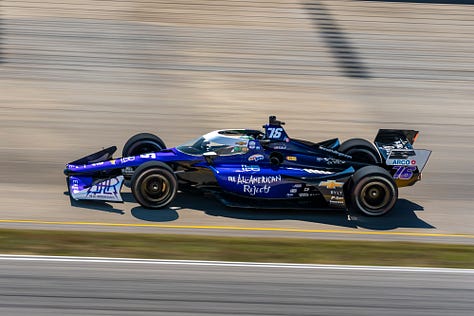
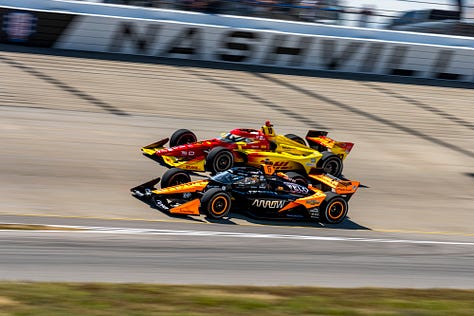
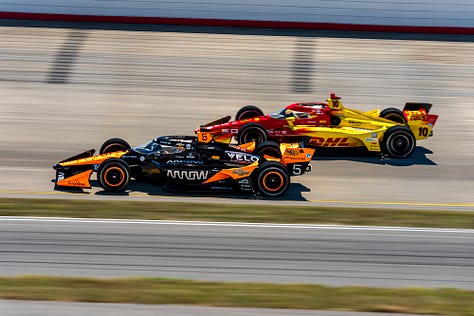
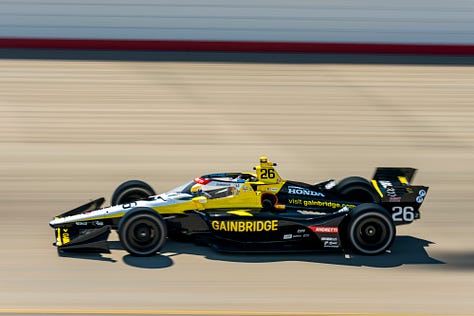
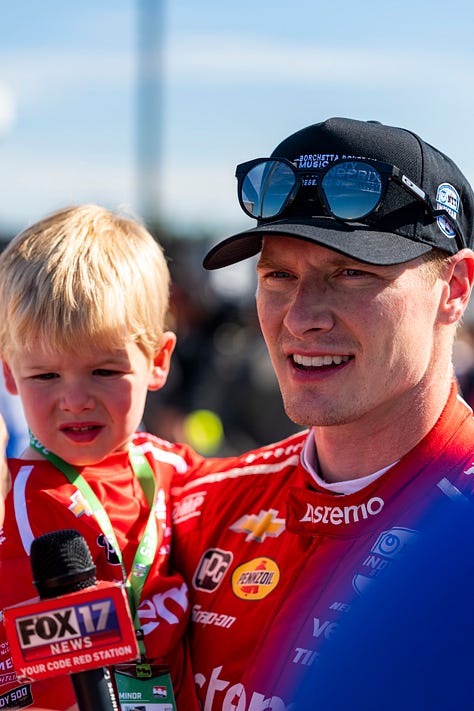
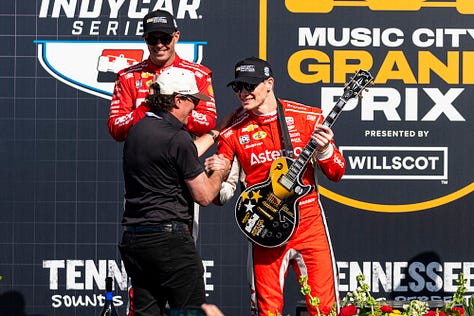
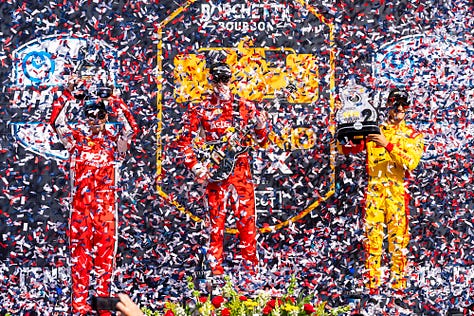
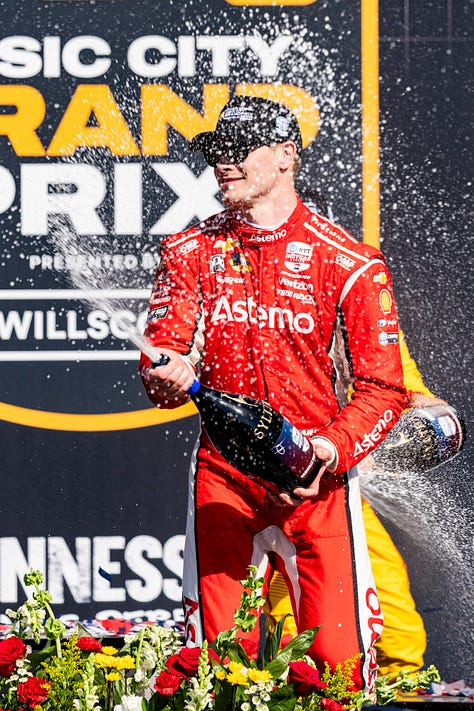
There were lots of passes for position throughout the field, especially from Conor Daly, who started the race in 25th and finished in fifth after putting on a driving clinic. There was drama as tire failures struck several potential race winners, including Pato O’Ward, who was leading the race when his right front tire blew, with everyone unsure of who might be the next one to have a problem.
But racing is a business, it is sports entertainment, and the small crowds are not going to keep this event alive. Scott Borchetta and his Big Machine Label Group and Borchetta Bourbon companies have been integral to sponsoring the Nashville race since 2021, and I am glad they are so involved. But at some point, this race needs to have both a big fan turnout and a great race.
After two years of great races but small crowds, I can’t see the NTT IndyCar Series keeping the Nashville Superspeedway race as the season finale. The season finale and crowning of a champion deserves to have more energy and fanfare. It deserves to be downtown where the fans, drivers, crew, and everyone involved with the event want to be.
I don’t know what will happen over the next two years as they complete construction on the new Tennessee Titans’ stadium. I can only hope that the city and organizers pave a path for the IndyCar race to stay in Nashville and return to a street course that rewards fans and drivers alike. Because what we have now is not fair to either party. The drivers are putting on a show, but the fans aren’t there to see it.


